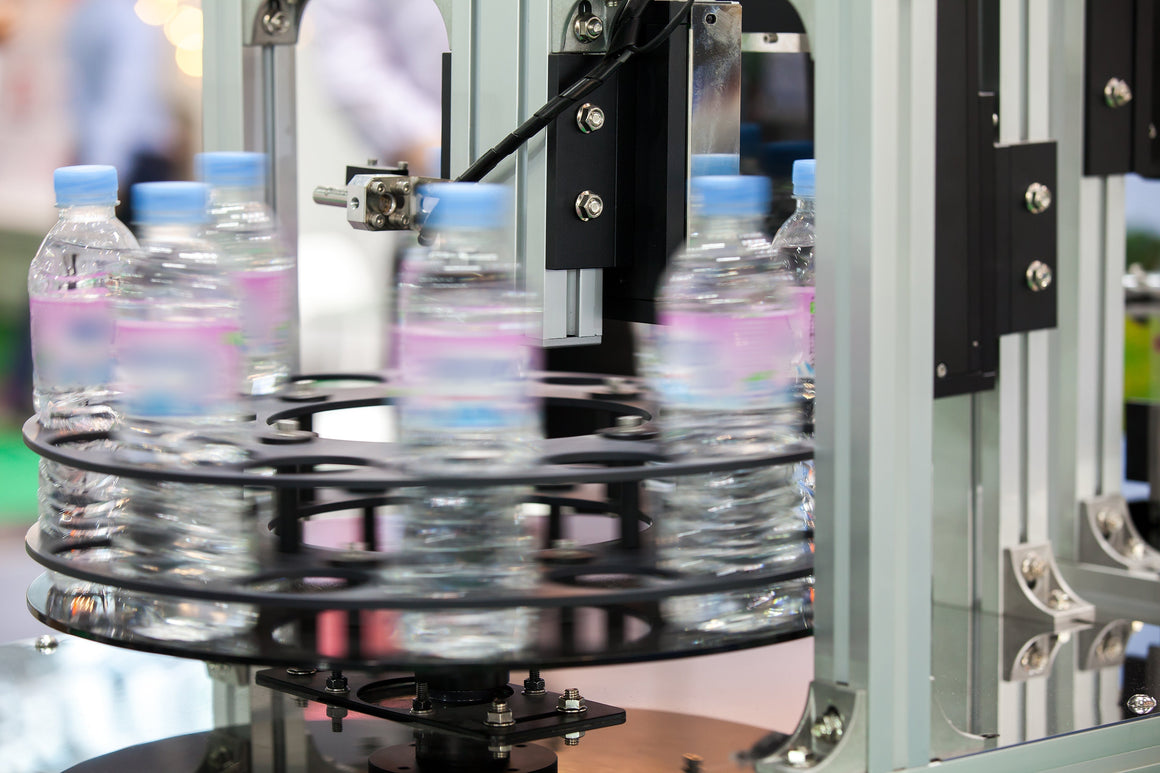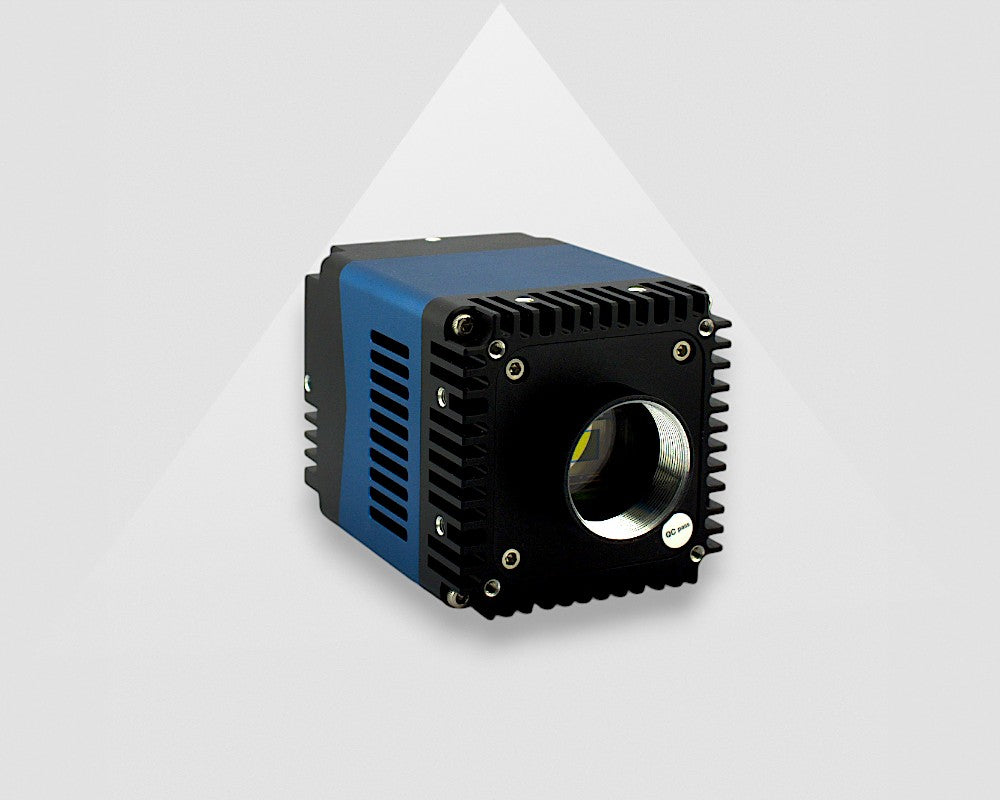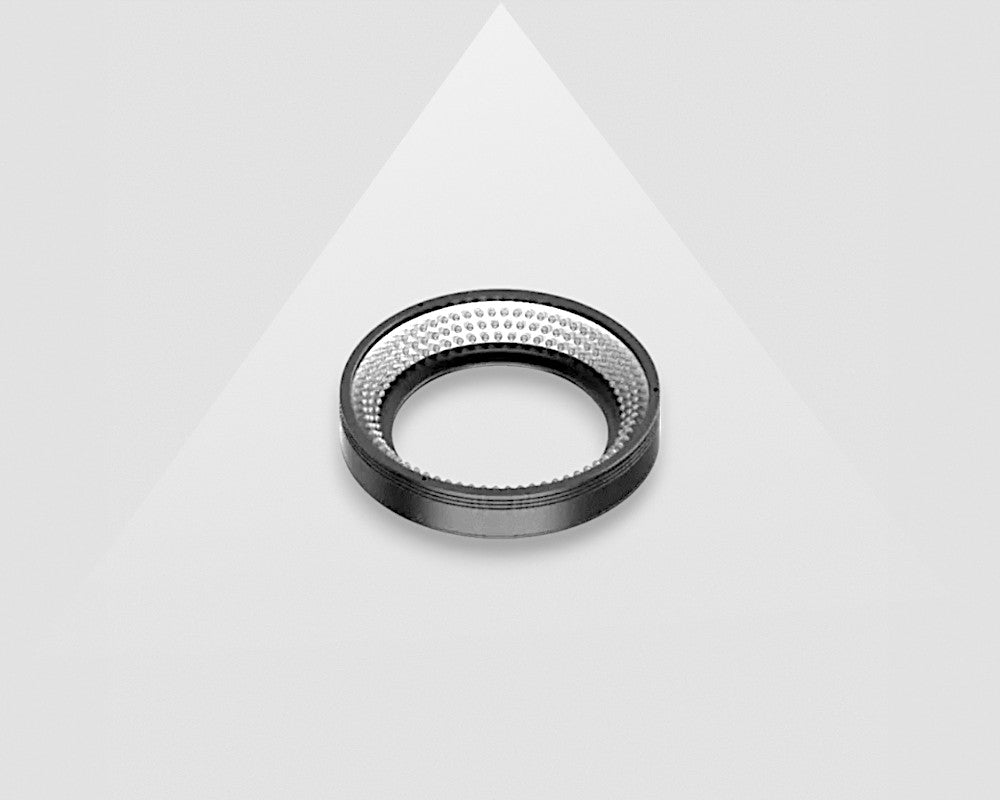SWIR Camera Systems for PET Plastic Sorting
SWIR cameras offer a significant advantage in PET plastic sorting, surpassing traditional methods in accuracy and efficiency. SWIR technology leverages the near-infrared spectrum to penetrate materials and identify their chemical composition, enabling precise separation of PET plastic from contaminants.

Traditionally, PET plastic sorting relied on manual inspection or near-infrared (NIR) cameras. However, these methods often faced limitations in accuracy and efficiency. Manual inspection was time-consuming and prone to human error, while NIR cameras could struggle to differentiate between similar-looking materials.
SWIR cameras address these challenges by providing:
- Improved accuracy: SWIR technology can more accurately distinguish PET plastic from other materials, even when they have similar visual properties.
- Increased efficiency: SWIR systems can process materials at a much faster rate than manual inspection, reducing labor costs and increasing throughput.
- Reduced contamination: By accurately identifying and removing contaminants, SWIR cameras can help to produce higher-quality recycled PET plastic.
- Versatility: SWIR technology can be applied to a wider range of materials, making it a more flexible solution for recycling facilities.
This article serves as a guide for those considering the implementation of SWIR camera systems for PET plastic sorting. It outlines the key benefits, applications, and considerations to help you make an informed decision.
Table of contents
Machine vision camera selection
The selection of a suitable industrial camera is crucial for successful PET plastic sorting using SWIR technology. The camera's specifications directly impact the accuracy and efficiency of the sorting process.
This technology differentiates different types of plastic by analyzing the spectral signatures of the materials. SWIR cameras are sensitive to specific wavelengths of light that are absorbed and reflected differently by various materials.
For this application, we recommend the MARS-138-95GM-P-TN-SWIR camera. This GigE camera features a Sony IMX990 sensor with a pixel size of 5 µm, offering a resolution of 1280x1024 pixels and a frame rate of 95 frames per second. The 1/2" format sensor provides a good balance between resolution and sensitivity.
The global shutter sensor of the camera is essential for capturing accurate images of moving materials. It ensures that the entire image is captured simultaneously, minimizing motion blur and distortion.
Moreover, the thermoelectric cooling(TEC) feature of the MARS-138-95GM-P-TN-SWIR camera helps to reduce thermal noise and improve image quality, particularly in demanding environments.

Selecting the Optimal Industrial Lens
The choice of machine vision lens is another critical factor in PET plastic sorting using SWIR cameras. The lens's focal length and optical quality can significantly impact the accuracy and resolution of the captured images.
For this application, we recommend a SWIR lens, specifically the C-Mount 25mm lens 'VA-LCM-1.3MP-25MM-F1.8-020-SWIR'. This lens offers a suitable focal length for capturing images of plastic materials at a typical working distance. The C-Mount interface ensures compatibility with the MARS 138-95GM-P-TN-SWIR camera.
The low distortion of less than 0.4% is essential for minimizing image artifacts and ensuring accurate measurements. Distortion can lead to errors in the identification and sorting of plastic materials.
The 1/2" format of the lens is compatible with the MARS-138-95GM-P-TN-SWIR camera, ensuring optimal image
quality and performance.
This lens is used in combination with the IMX990 sensor and is capable to capture images ranging from Visible to SWIR spectrum.
If you need a more affordable lens, we also have available lenses that work only on SWIR wavelengths. Check our SWIR lenses page for more options.

Selecting Proper Industrial Lighting
Proper lighting is essential for capturing high-quality SWIR images of plastic materials. The choice of lighting source depends on the specific requirements of the sorting application and the characteristics of the plastic materials being processed.
Two common machine vision lighting options for SWIR-based plastic sorting are:
- SWIR Ring Light: Ring lights are often used for applications where consistent lighting into a round object is critical, such as inspecting small objects or detecting defects.
- SWIR Bar Lights: Linear light sources that can be arranged in various configurations to provide targeted illumination. Bar lights are suitable for applications where a specific area of the object needs to be highlighted, such as inspecting large or irregularly shaped materials.
The selection of lighting source depends on factors such as the size and shape of the plastic materials, the desired field of view, and the specific requirements of the sorting process. Experimentation with different lighting configurations may be necessary to achieve optimal results.
It is also important to consider the intensity and wavelength of the SWIR light source. The light should be sufficiently intense to illuminate the plastic materials effectively, but it should not be so bright that it causes glare or saturation. Additionally, the wavelength of the light should be compatible with the sensitivity of the SWIR camera.

Image Processing for Plastic Sorting
Image processing plays a crucial role in extracting valuable information from the SWIR images captured by the camera system. The selected computer vision software should be capable of handling SWIR data, performing image analysis tasks, and integrating with other components of the sorting system.
The MARS-138-95GM-P-TN-SWIR camera is GenICam compatible, ensuring seamless integration with various image processing software platforms. This flexibility allows users to choose the software that best suits their needs and expertise.
Popular options for image processing in SWIR-based plastic sorting include:
- MvTec Halcon: A powerful software platform with a wide range of image processing and machine vision tools.
- Cognex Vision Pro: A specialized software platform for machine vision tasks.
- MATLAB and OpenCV: Popular programming languages and libraries with extensive image processing capabilities.
- Zebra Aurora Vision: A comprehensive software platform for machine vision applications, including image processing, object detection, and classification.
In addition to these commercial options, open-source software and libraries can also be used for image processing in SWIR-based plastic sorting. These tools offer flexibility and customization but may require more programming expertise.
We offer a free Software Development Kit (SDK). This handy toolkit helps you capture images and control camera parameters, making it a great starting point. The SDK is compatible with various platforms, from regular PCs to industrial setups with NVIDIA TX series or Raspberry Pi devices. It even supports diverse operating systems like Windows, Linux, and Android.
By selecting the appropriate image processing software, users can effectively analyze SWIR images, identify plastic materials, and optimize the sorting process.
Applications of SWIR Camera Systems for PET Plastic Sorting
SWIR camera systems have a wide range of applications in PET plastic sorting, including:
By implementing SWIR camera systems, recycling facilities can improve their overall efficiency, reduce costs, and produce higher-quality recycled PET plastic.
Support for SWIR Camera Systems for PET Plastic Sorting
Would you like to have support from one of our machine vision experts in creating your own PET Plastic Sorting system with SWIR technology? Or another similar vision system? Don’t hesitate to reach out by using the form below!
















































